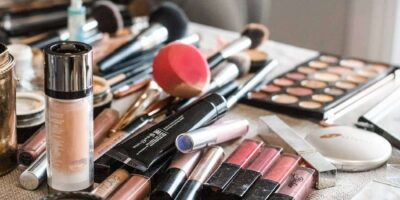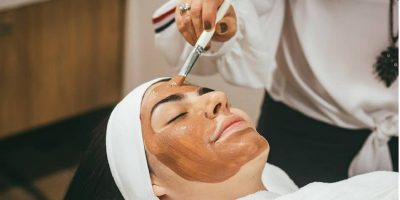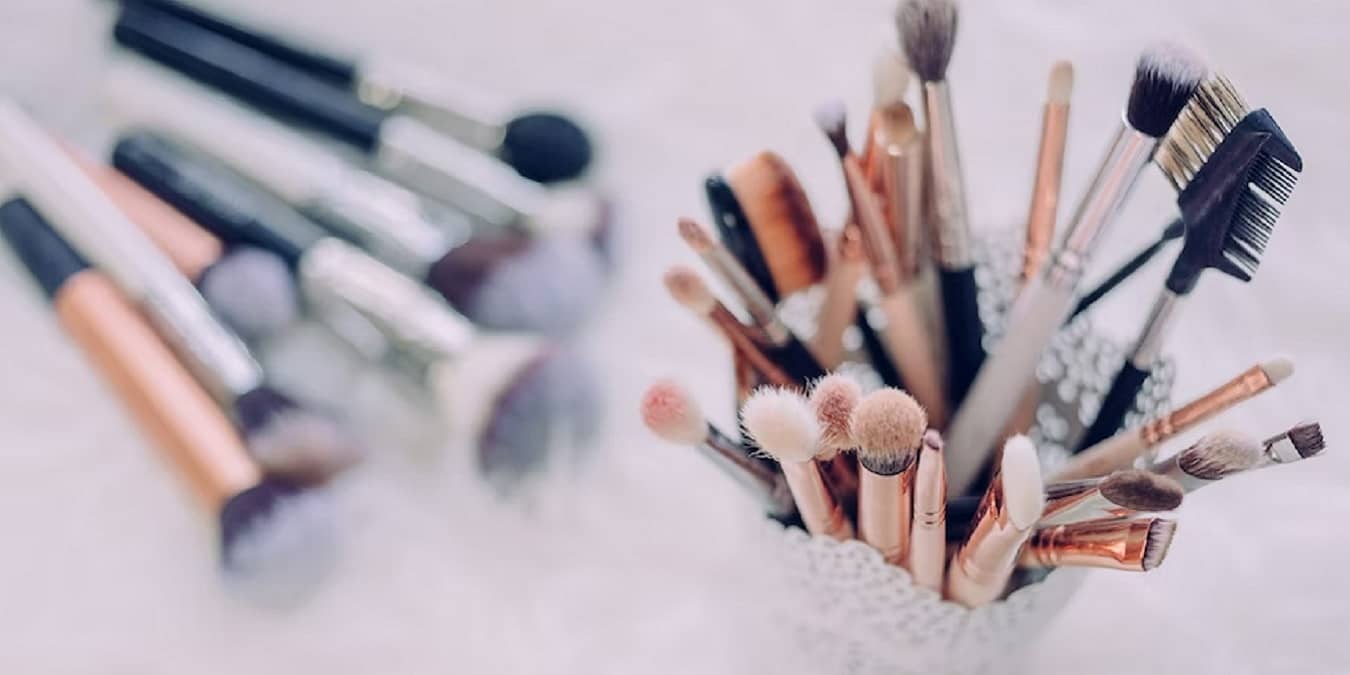
If you don’t keep your makeup and beauty tools clean, your face and overall health will suffer. Excess oil and bacteria on applicators can cause breakouts and infections, and tools that aren’t maintained won’t work as well as they should.
Don’t remember the last time you cleaned your tools? Not sure how to clean them properly because your manuals are long gone? This guide will help you develop cleaner habits when it comes to your beauty and makeup gear.
How Often Should You Clean Your Tools?
Most people think they don’t need to clean their tools, or that dirty tools should get thrown out and replaced. Both of these habits are wasteful and unhygienic. While there are some cases where throwing out a dirty beauty tool is the right move, often it just needs a deep clean.
No need to clean your beauty tools every day. Giving them a quick wash once a week and a thorough wash once a month is enough to keep your tools spick-and-span.
Make sure no tools fall under the radar by keeping your vanity neatly organized and all your tools in their place.
How to Clean Makeup Brushes
Makeup brushes get dirty fast – eyeshadow and powder foundation gets trapped between the bristles. If you use your brushes for liquid foundation and concealer, you’ll notice how quickly your brush starts becoming hard and crusty from constant use.
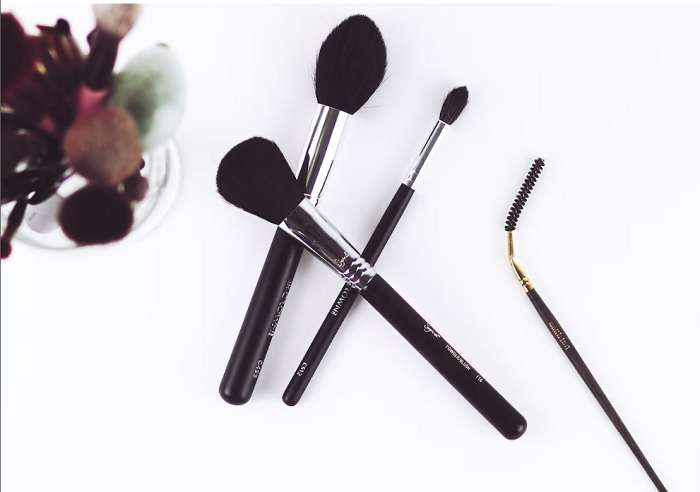
You’ll need to let your brushes dry after washing them, so it’s best to clean them at night. Follow these steps to keep your brushes clean:
- Wet your brushes with cool water. Avoid warm or hot water to prevent destroying the brush’s adhesive.
- Pour unscented soap (baby soap or Dawn dish liquid is a good choice) into a bowl. Rub the brush bristles into the soap, making sure the soap reaches all the bristles.
- Rinse your brush’s bristles underneath cold water, and leave it on a towel to dry overnight.
How to Clean Makeup Sponges
Makeup sponges sop up your foundation, allowing you to blend it perfectly into your skin. They give you a flawless look, but they won’t work as well when you don’t wash it frequently. You might want to wash your brush after each use if you have especially acne-prone skin.
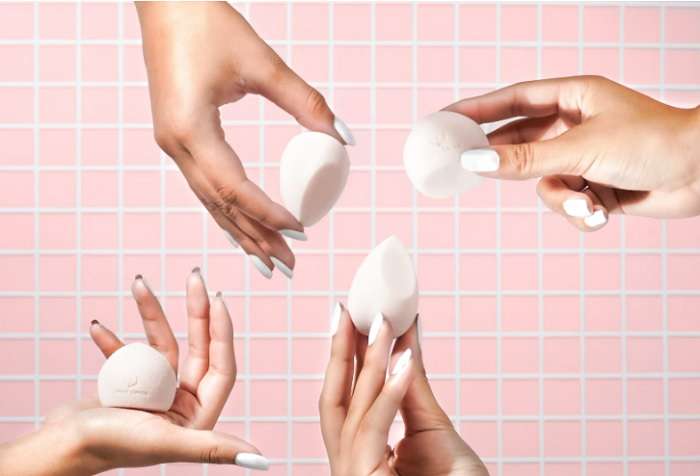
- Dab a drop of unscented baby soap into the sponge, and dampen it.
- Roll the sponge around in your hand, creating suds.
- Once you think you removed most of the grime and build-up, run the sponge under a stream of water. Keep squeezing it under the faucet until no more suds are left.
- Wring the sponge out and leave it to dry.
How to Clean Eyelash Curlers
Although eyelash curlers usually don’t look dirty, they often gather bacteria from your eyelashes. This bacterial growth can cause unpleasant eye infections. Luckily, you can prevent any problems with a simple cleaning routine.
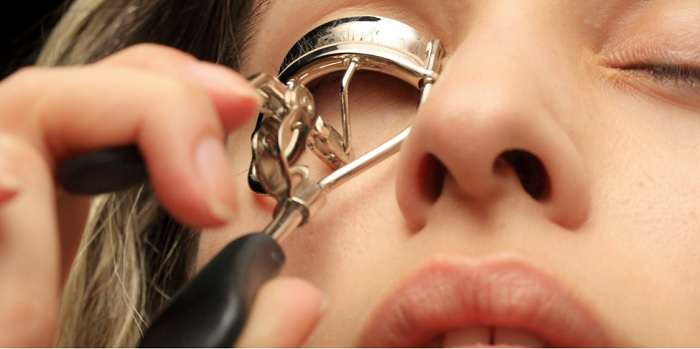
- Dip a cotton ball or cotton swab into rubbing alcohol or hydrogen peroxide.
- Rub the cotton ball on the ends of the eyelash curler, paying attention to the areas that come close to your eyes.
- Rinse the eyelash curler with water, then leave it out to dry.
How to Clean Hairbrushes
Simply removing the hair from your hairbrush isn’t enough to get it totally clean. If you use hair product, that can build up on your hairbrush and cause your hair to look greasy. The following steps work best if you have a plastic or metal brush.
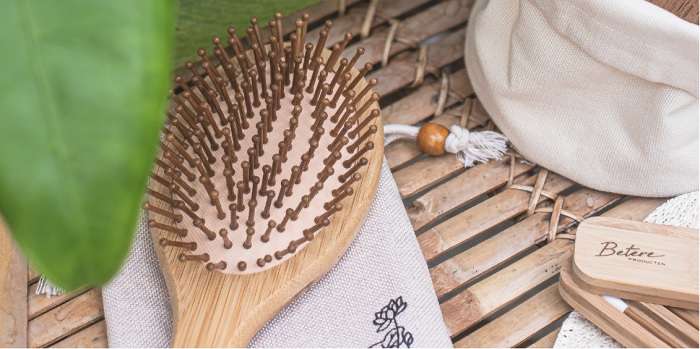
- Pull out all the hair from in between the brush’s bristles. If you’re having trouble getting the hair and built-up lint out of the brush, try a hair brush cleaning tool like this one from Boao.
- Dampen the brush with water, and rub in a few drops of shampoo.
- Use a toothbrush to scrub away any excess dirt, oil, and hair product.
- Rinse the brush with water and let it dry.
How to Clean Makeup Pencil Sharpeners
Makeup pencil sharpeners often get covered in residue from eyeliner pencils, brow pencils, and lip liners. Since all of these products have been in contact with your eyes or mouth, you don’t want any of that bacteria gathering on your sharpener.
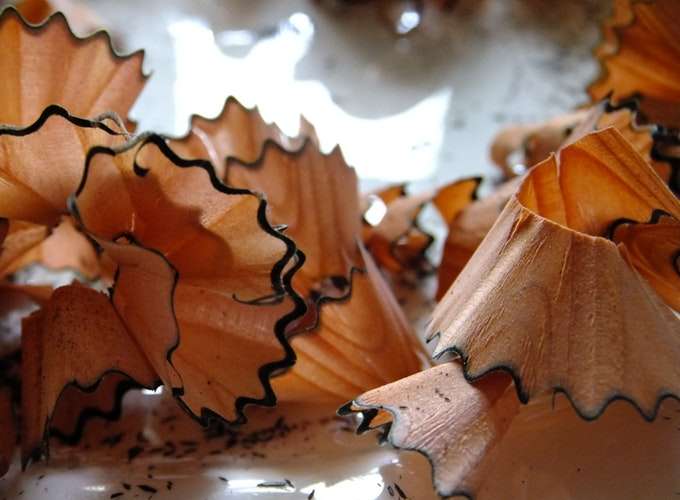
- Empty the sharpener’s shavings in the trash can.
- Add a few drops of hydrogen peroxide or rubbing alcohol to a toothbrush.
- Use the toothbrush to scrub the entire sharpener, making sure to get in the cracks.
- Rinse the sharpener with water and let it dry.
How to Clean Face Rollers
You might enjoy the beautiful, plump results that you get from your face roller, but it could be doing more harm than good if it isn’t clean. Your face oil can get on the roller after each use, making your face look extra greasy.
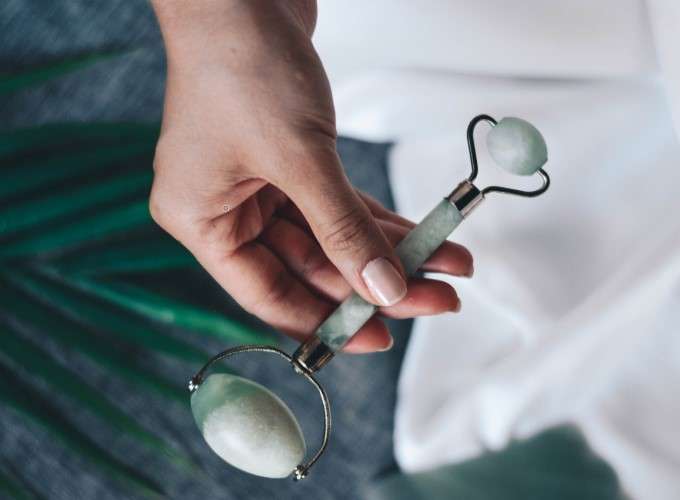
- Add baby soap and lukewarm water to a towel. Rub the towel together to create a lather.
- Rub the face roller with the towel until you feel that it’s clean.
- Rinse the roller with warm water.
How to Clean Nail Clippers and Tweezers
You don’t want to get a nail infection, and that’s exactly what dirty nail clippers, cuticle nippers, and tweezers can cause. Even if they look clean, they could harbor tons of harmful bacteria that are invisible to the naked eye.
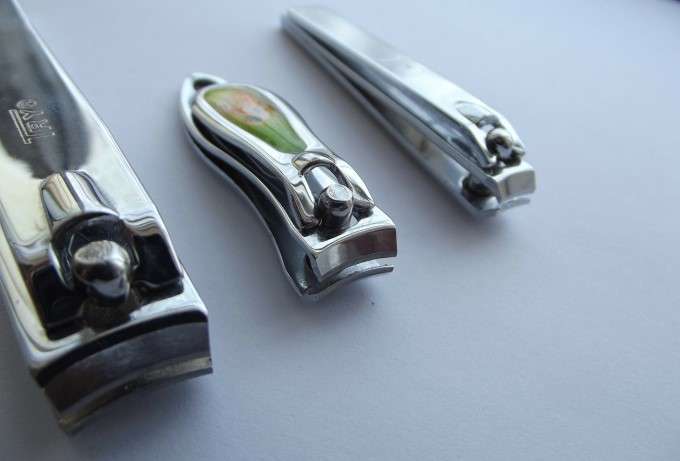
- Pour a few drops of rubbing alcohol or hydrogen peroxide on a cotton ball, cotton swab, or cotton pad.
- Wipe the tools down with the cotton ball, and leave the tools out to dry.
How to Clean Heat Styling Tools
When you clean your beauty tools, don’t overlook your heat styling tools. While the heat kills bacteria, residue still builds up from styling products. Obviously, you can’t just wash these off in water like many other beauty tools. Instead, do the following:
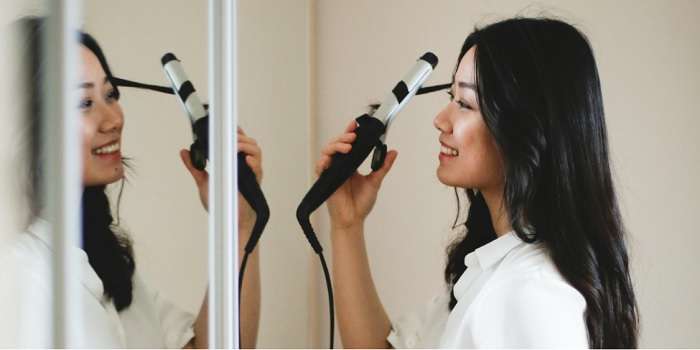
- Unplug the tool and wait for it to cool off completely.
- Dampen a cotton ball/pad or a small cloth with rubbing alcohol.
- Wipe over the surface of the tool to clean off any residue.
If you’re working with a heat styling tool that has a brush on it, you may need to a hair brush cleaning tool to remove any hair first. You can use a Q-Tip to clean around the bristles.
How to Clean Shower Loofahs
Just because you use soap or body wash on your loofah or body poof, that doesn’t mean it’s clean. The dirt and oil from your body can get trapped inside. Cleaning these is as easy as throwing them in your washing machine once a week. Hang them up to dry. If you don’t want to put them in the washing machine, soak them for five minutes in a 1:1 solution of white vinegar and water.
As soon as they start to show noticeable wear or look dingy, it’s time to replace them.
Keep Your Beauty and Makeup Tools Clean
Getting into the habit of cleaning your tools at least once a week can prevent an overgrowth of bacteria, and can eliminate the possibility of an infection. It also keeps your skin from becoming greasy from oil-covered tools.
Cleaning your beauty tools require simple ingredients that you can find in your house. Did you know that you don’t have to use fancy products for your skincare either? Check this article to see if you have any of these household items that you can use in your beauty routine.
Frequently Asked Questions
What's the best soap for cleaning beauty tools?
Any unscented soap or soaps make for sensitive skin work well. Dawn dish detergent is also gentle. You can also buy special makeup tool cleaning solutions, such as EcoTools Professional Makeup Cleaner, which is designed for brushes, sponges, and applicators.
When should I replace my beauty tools?
If you can no longer clean the tool or it’s falling apart, it’s time to replace it. Also, if you’ve been using a tool for a long time without cleaning it, it’s best to just start with a clean one.
Image credit: freestocks via Unsplash
